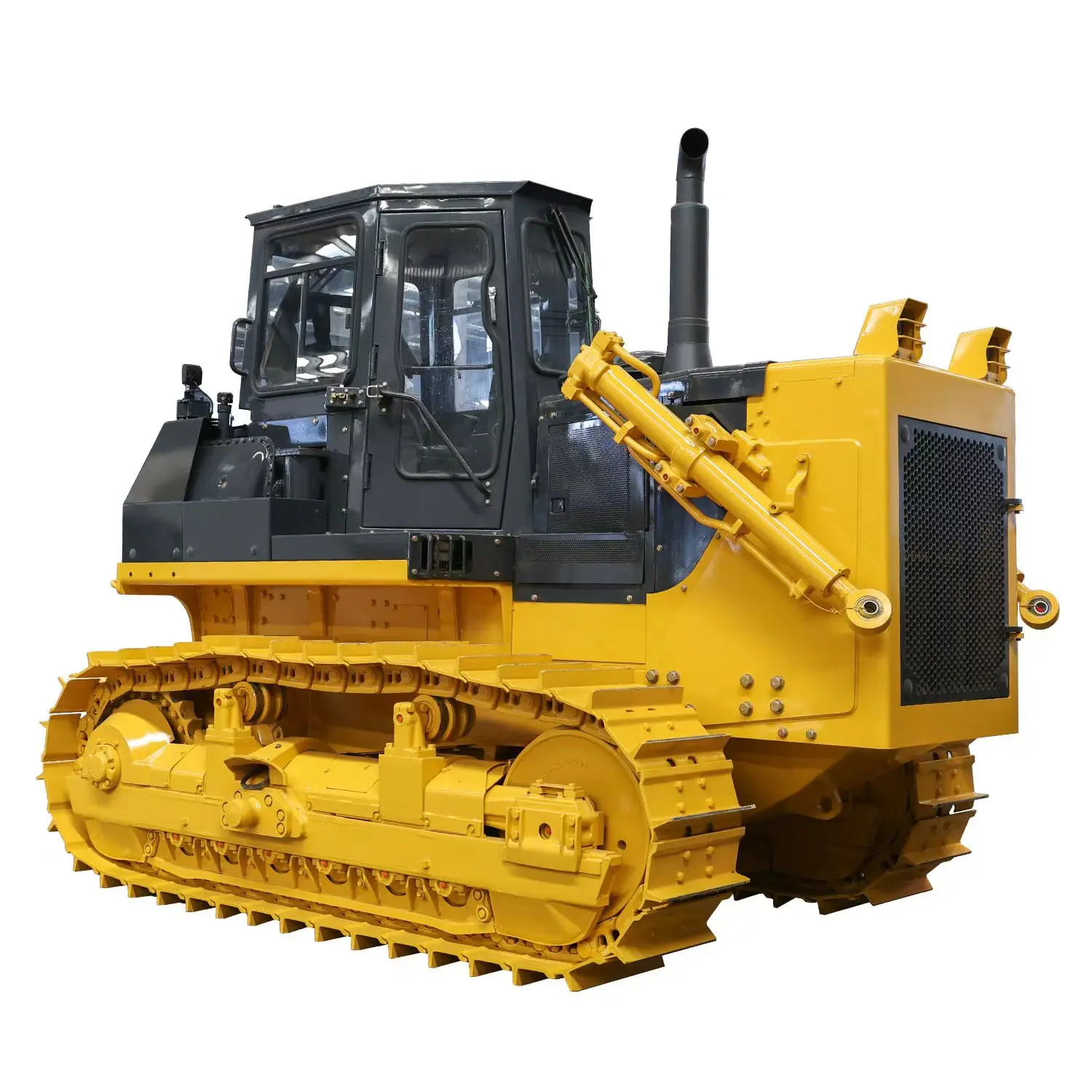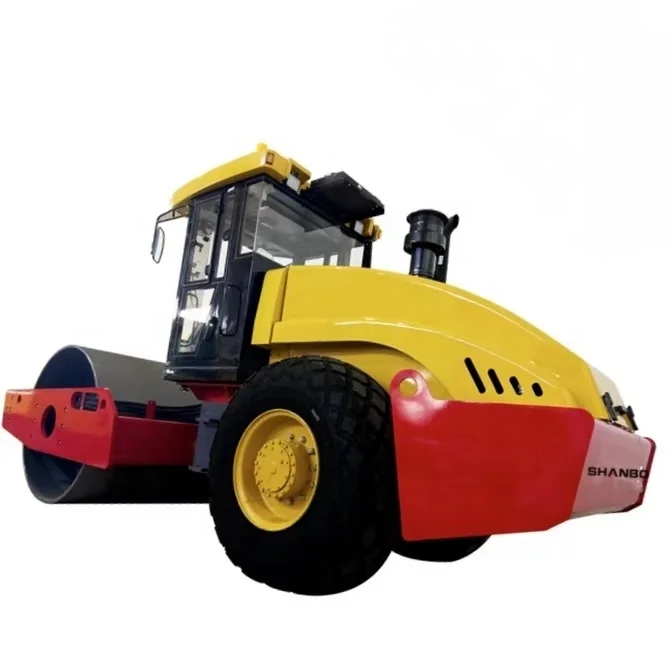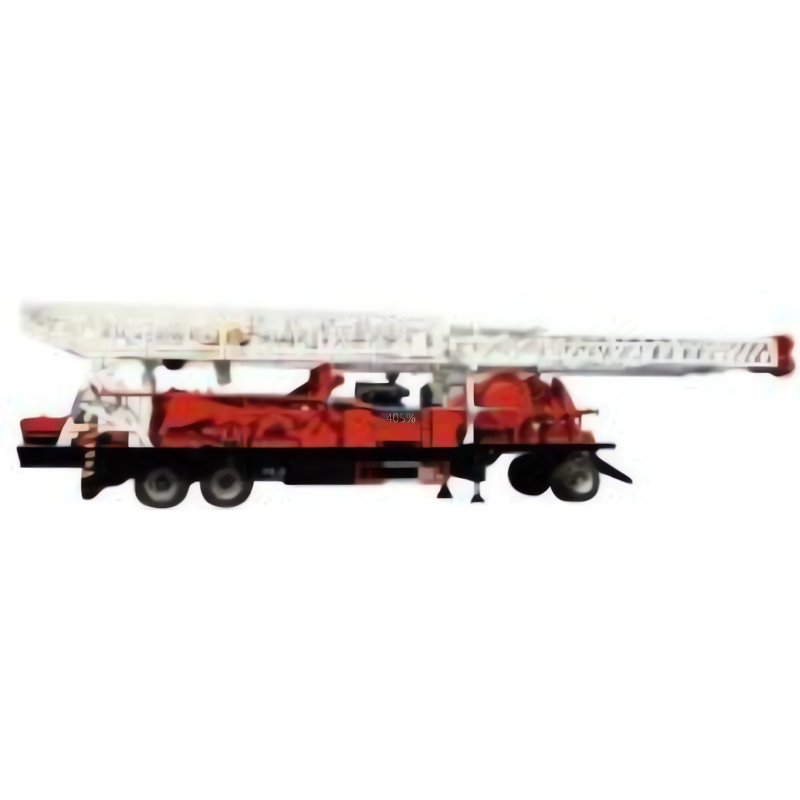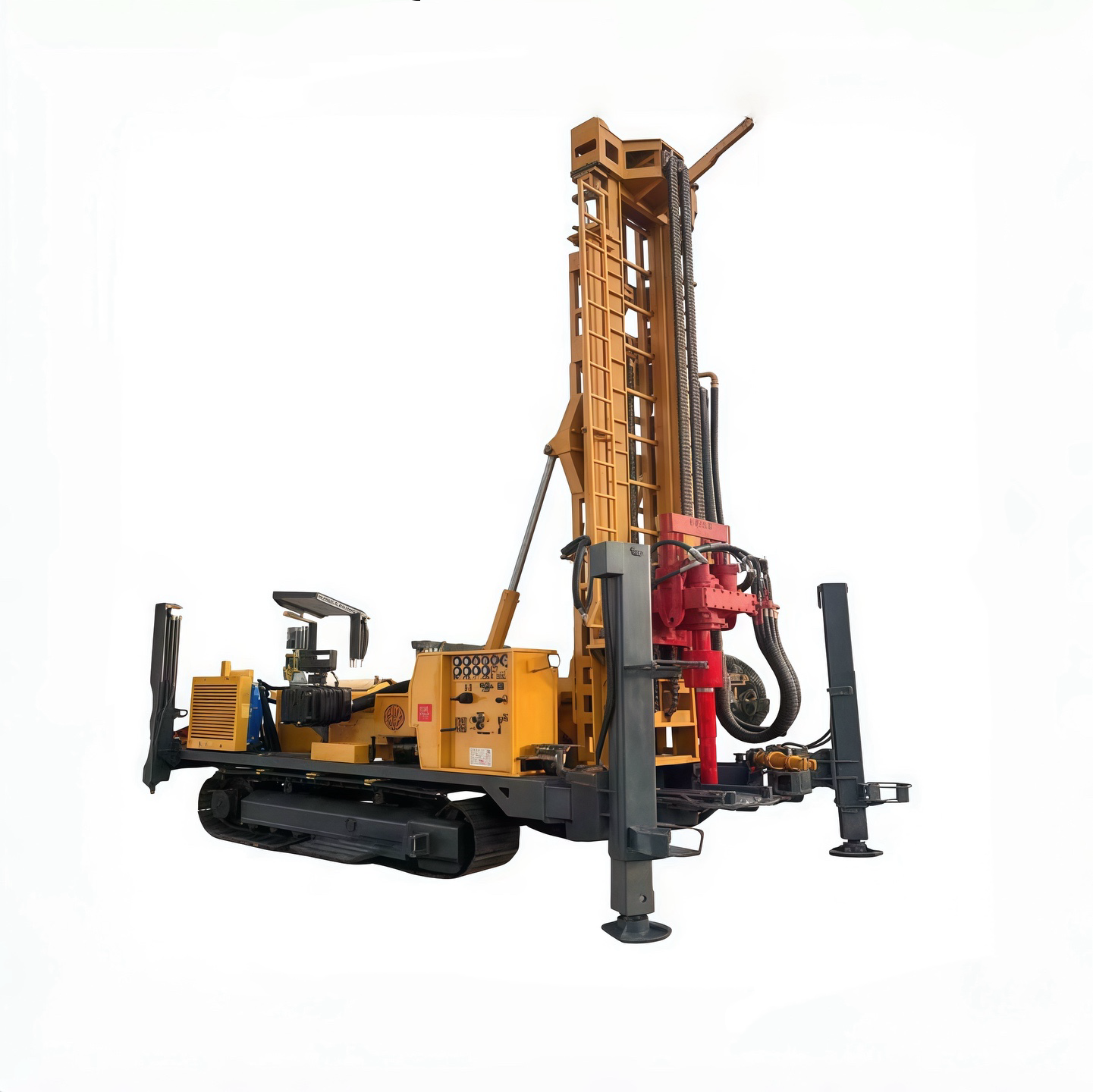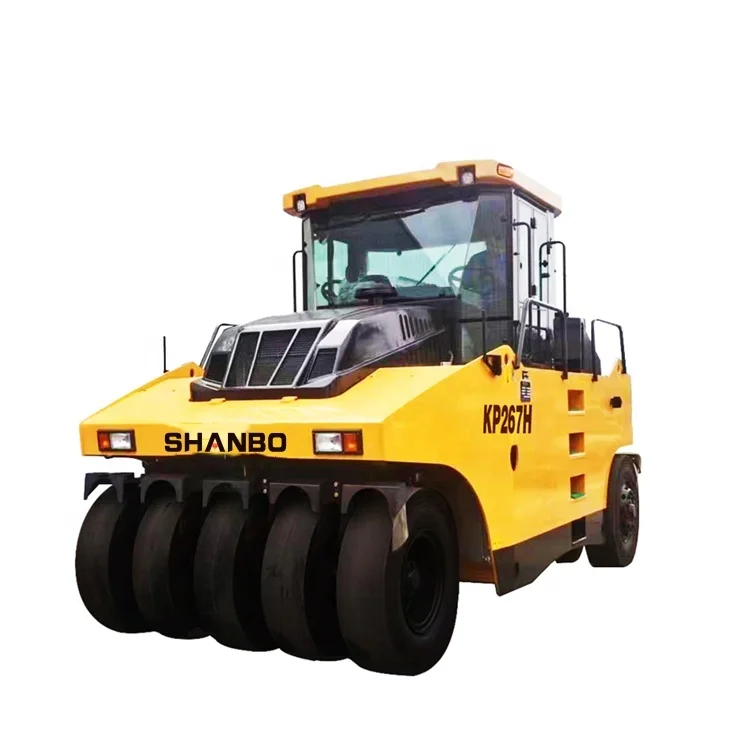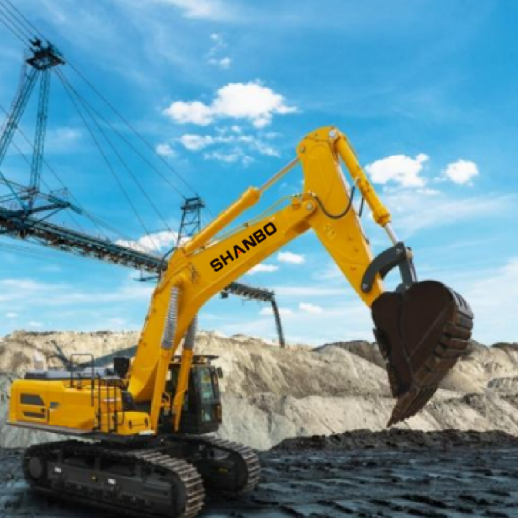The Rise of the Chinese Bulldozer in International Construction
In the last two decades, the global construction landscape has undergone a quiet yet powerful transformation. At the heart of this change is the increasing presence of Chinese-manufactured bulldozers on construction sites from Asia to Africa, Europe, and South America.
Once considered secondary players in the heavy equipment market, Chinese bulldozer manufacturers have grown into major contenders, challenging established global leaders through competitive pricing, technological innovation, and a strategic push into emerging economies.
From Domestic Utility to Global Force
The journey of Chinese bulldozers began with a focus on meeting the vast domestic demand created by rapid urbanization and infrastructure development. In the 1980s and 1990s, China’s booming cities, expansive rail networks, and ambitious road-building projects created a huge internal market. Early bulldozer models were functional and affordable but lacked the advanced features and reliability of Western counterparts.
However, sustained investment in manufacturing technology, steel production, and mechanical engineering changed the picture dramatically. By the early 2000s, Chinese bulldozer manufacturers had adopted modern production techniques, incorporated computer-aided design, and improved quality control. These developments laid the groundwork for a product that could compete internationally, not just on price, but increasingly on performance.
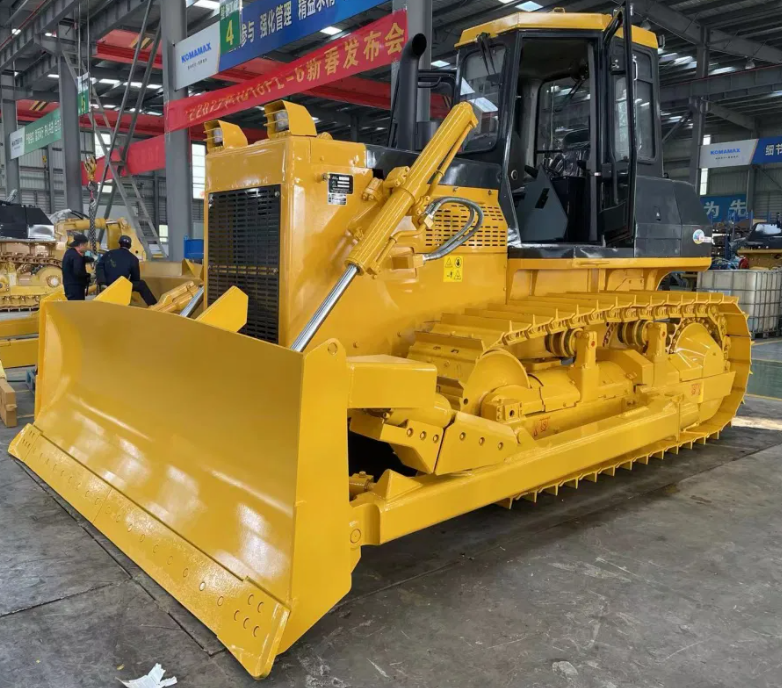
Competitive Advantages in the Global Market
One of the primary factors behind the rise of Chinese bulldozers in international construction is cost competitiveness. Lower labor costs, economies of scale, and efficient supply chains enable manufacturers to offer machines at prices that are often significantly lower than those of their Western rivals. For many construction firms in developing regions, this price advantage makes Chinese bulldozers an attractive option, especially when budgets are tight but project demands are high.
Another strength lies in versatility. Chinese bulldozer models are now available in a wide range of sizes and configurations, from compact machines for urban construction to massive earthmovers for mining and large-scale infrastructure work. Many manufacturers, such as Shanbo, also offer models with both traditional mechanical drive systems and more modern hydrostatic transmissions, catering to diverse customer preferences.
Technology and Innovation
While cost advantage remains a key selling point, Chinese bulldozer makers have made significant strides in technology. Modern models often include GPS-based grading systems, telematics for fleet management, and improved fuel efficiency through advanced engine designs. Hydraulic systems have become smoother and more responsive, reducing operator fatigue and improving precision on the job site.
There has also been a push toward environmentally friendly designs to meet stricter emissions standards in export markets. Compliance with regulations such as Tier 3 and Tier 4 emissions levels has allowed Chinese bulldozers to enter regions like Europe and North America, where environmental requirements are rigorous.
Expanding Through Infrastructure Diplomacy
The spread of Chinese bulldozers worldwide is also closely tied to large-scale international infrastructure initiatives. As part of government-backed projects in Asia, Africa, and Latin America, Chinese contractors often source equipment domestically, meaning bulldozers made in China find their way to project sites abroad. Once these machines prove their worth in challenging environments—whether carving roads through jungle terrain or moving earth in desert conditions—they often generate interest from local construction companies.
In addition, Chinese manufacturers have invested heavily in establishing local dealerships, spare parts warehouses, and service centers in overseas markets. This presence ensures that customers can rely on after-sales support, which is critical for heavy machinery that often operates in demanding conditions far from manufacturing centers.
Perceptions and Overcoming Challenges
In the early years of their export push, Chinese bulldozers faced skepticism about durability and performance. Some buyers were concerned about lower build quality and shorter service life compared to established brands. However, as manufacturers improved production standards and incorporated feedback from international clients, perceptions began to shift.
Training programs for operators and technicians have also played a critical role in elevating the global reputation of Chinese bulldozers. Recognizing that even the most advanced machine can underperform without skilled handling, many manufacturers have invested in structured training initiatives tailored to local market needs. By offering free or subsidized training, manufacturers ensure that their machines are used effectively, reducing breakdowns and building a reputation for reliability.
Impact on the Global Construction Industry
The rise of Chinese bulldozers has introduced new dynamics to the global heavy construction equipment market. With their competitive manufacturing costs and increasingly advanced designs, Chinese models have forced a recalibration of industry benchmarks for value. Where previously the acquisition of a high-performance bulldozer might have required significant capital investment—often restricting such purchases to large, well-funded contractors—these more affordable machines have opened the door for small and medium-sized enterprises to own or lease powerful earthmoving technology.
Beyond affordability, the broader presence of Chinese bulldozers on international worksites has acted as a catalyst for industry-wide innovation. Established global manufacturers, aware of the increasing market share captured by their Chinese counterparts, have accelerated their own R&D timelines to remain competitive. This has led to a wave of improvements in fuel efficiency, operator comfort, and precision control systems. In parallel, some companies have launched budget-friendly product lines designed to compete directly in price-sensitive markets while still leveraging their brand reputation.
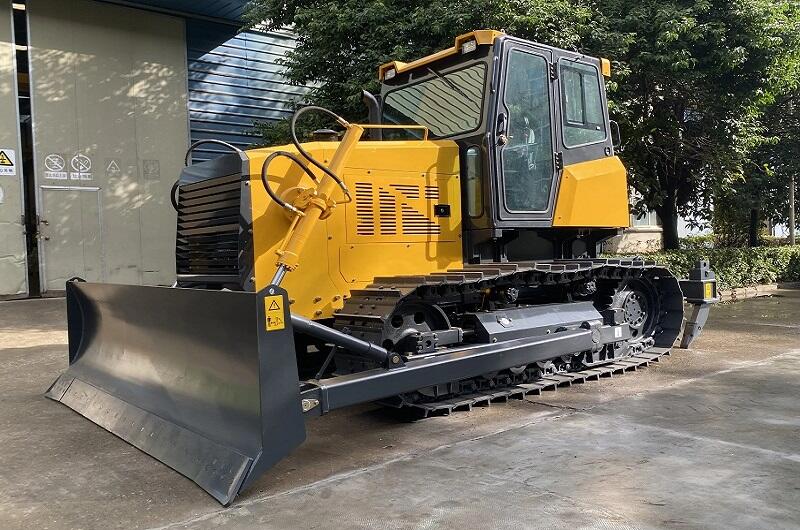
Looking Ahead: Challenges and Opportunities
While the growth trajectory is strong, Chinese bulldozer manufacturers face ongoing challenges. Fluctuating raw material prices, global economic uncertainties, and rising domestic labor costs could erode their price advantage over time. Additionally, maintaining consistent quality while scaling production remains a critical priority.
On the opportunity side, continued investment in automation, electrification, and environmentally friendly designs could position Chinese bulldozers as leaders in the next generation of construction equipment. As global demand for sustainable solutions grows, manufacturers that can combine affordability with cutting-edge green technology may dominate the future market.
Conclusion
The ascent of the Chinese bulldozer in international construction reflects a broader shift in global manufacturing power. What began as a domestic solution for a fast-developing nation has evolved into a competitive force on the world stage. Through a blend of cost efficiency, technological improvement, and strategic global outreach, Chinese bulldozers have become a familiar and trusted sight on job sites across continents.
As infrastructure development continues to drive economic growth worldwide, the role of these machines—and the manufacturers behind them—is set to expand even further. The rise of the Chinese bulldozer is not just a story of machinery; it is a story of industrial ambition, adaptability, and the reshaping of the global construction landscape.
Recommended Products
 Hot News
Hot News
-
“Water Savior” 200 m Reverse Circulation Water Well Drills Arrive in Uzbekistan
2025-03-28
-
What Is a Bulldozer? Everything You Need to Know
2025-02-18
-
Skid Steer vs Bulldozer: Cost, Efficiency, and Versatility Compared
2025-11-13
-
Inside the Bulldozer Factory: How Modern Dozers Are Built from the Ground Up
2025-11-12
-
How to Operate a Spider Excavator Safely and Efficiently
2025-11-11
-
What Is an Excavator? A Beginner’s Guide to This Essential Construction Machine
2025-11-10
